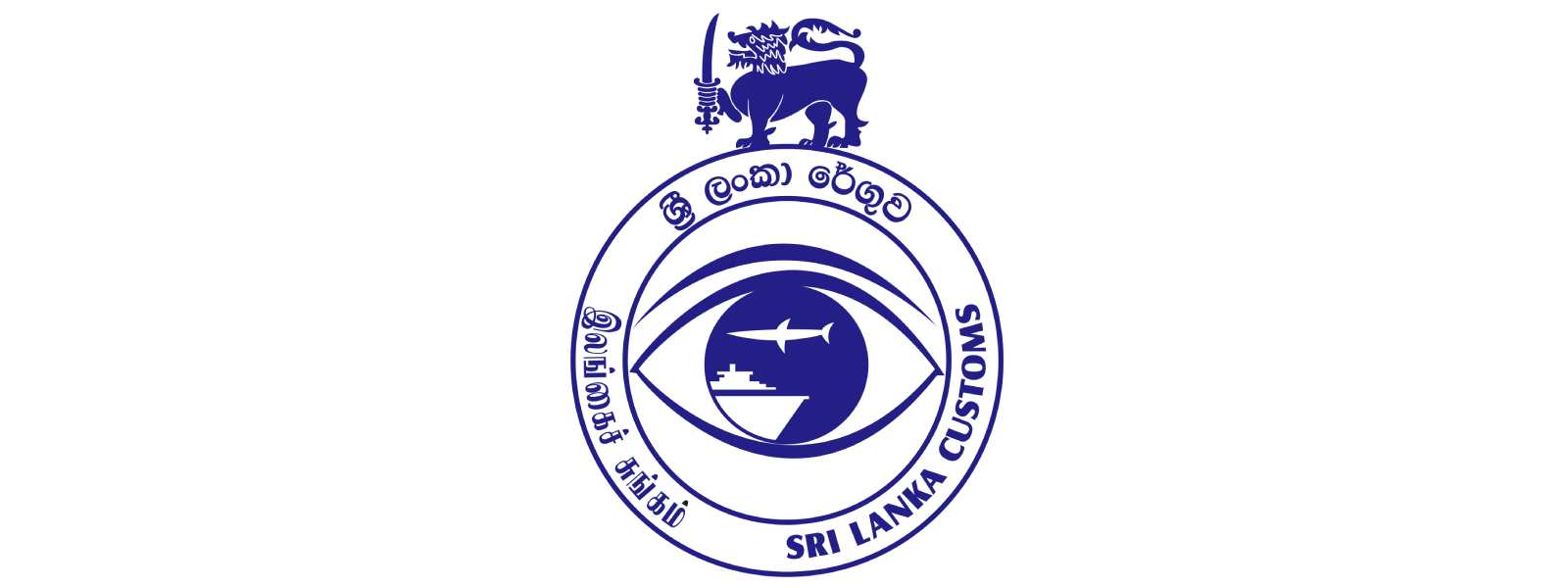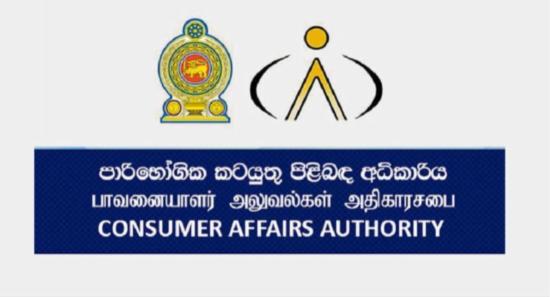.webp)

Customs Responds to Container Clearance Allegations
COLOMBO (News 1st); Sri Lanka Customs has issued an official statement addressing recent media reports concerning the clearance of over 300 imported containers without inspection. The department clarified that the decision was made as part of an established process to manage severe port congestion while adhering to international trade standards.
Speaking on behalf of Sri Lanka Customs, Deputy Director General Seevali Arukgoda stated that the reports had led to misconceptions and damage to the institution’s reputation. To ensure transparency, the senior management decided to publicly clarify the procedures surrounding container clearance.
According to Arukgoda, port congestion reached critical levels by June 2024, with containers taking up to 7–10 days to be released, leading to significant economic losses for the country. Furthermore, excessive delays forced at least 34 ships to bypass the Port of Colombo within a single month.
In response to this crisis, Sri Lanka Customs established a Screening Unit led by an Additional Director General. This unit was tasked with identifying low-risk containers using predefined criteria and facilitating their clearance without inspection to alleviate congestion. Currently, 60% of containers are released without inspection, while the remaining 40% undergo thorough checks.
Arukgoda also highlighted the limited inspection capacity at customs facilities. The Gray Line 1 and 2 yards can only process 100 containers per day, while the RTC yard handles a maximum of 350. However, daily container traffic at the port ranges between 1,500 and 3,000, making full-scale inspections impractical.
Sri Lanka Customs emphasized that its clearance procedures align with international trade practices, including agreements with the World Customs Organization and the World Trade Organization. The revised clearance methodology was implemented in July 2024, and the disputed containers were released in January 2025 under these protocols.
The cleared containers primarily contained industrial raw materials, such as plastics, textiles, chemicals, vehicle spare parts, machinery, paper, solar panels, steel pipes, wiring, fertilizers, pesticides, cement, and timber, with the majority sourced from India and China.
Responding to allegations that these containers may have included weapons, gold, or narcotics, Sri Lanka Customs categorically denied these claims, stating that a post-clearance audit and a high-level investigation—led by a committee appointed by the Ministry of Finance and the Criminal Investigation Department (CID)—are currently underway to ensure complete transparency.
Arukgoda assured the public that, once investigations conclude, Sri Lanka Customs will be able to confirm with absolute certainty that the released containers contained only the declared goods.
Other Articles
Featured News





.png )
-794161_550x300.jpg)
-794155_550x300.png)


-794120_550x300.jpg)
-794114_550x300.jpg)

-792874_550x300.jpg)
-792612_550x300.jpg)
-789996_550x300.jpg)
-789879_550x300.jpg)
-789357_550x300.jpg)
















.gif)